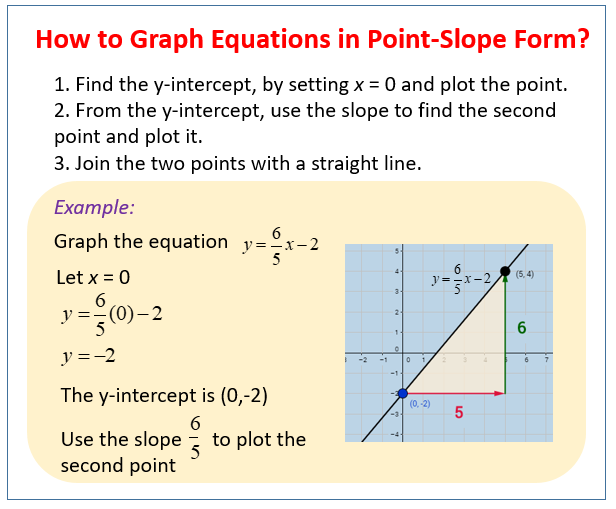
Q3 in case 20 values, so its indexes is 0. For small datasets, the methods differ in how they interpolate gaps in the input data. But there are at least three methods to compute quartiles.įor large numbers of data, all methods converge to the same results. This website gave me 12.75, while the calculators and the other website gave me 12.5.Īll seems OK. I used The program, against TI and Casio graphics calculator as well as a different program. I placed the following data set and the Q3, giving a wrong value. There seems to be a problem with the 5-figure calculator. The last value will always be equal to the total for all observations since all frequencies will already have been added to the previous total. The cumulative frequency is calculated by adding each frequency from a frequency distribution table to the sum of its predecessors.
FIVE STEP EQUATION MAKER HOW TO
For example:į: 5 10 15 How to enter grouped data?Grouped data are formed by aggregating individual data into groups so that a frequency distribution of these groups serves as a convenient means of summarizing or analyzing the data.į: 5 10 15 How to enter data as a cumulative frequency table?Similar to a frequency table, but instead f: type cf: in the second line. Each element must have a defined frequency that count of numbers before and after symbol f: must be equal. First-type data elements (separated by spaces or commas, etc.), then type f: and further write the frequency of each data item. How to enter data as a frequency table?Simple. The main reason you’ll want to find a five-number summary is to find more useful statistics, like the interquartile range IQR, sometimes called the middle fifty. For example, you’ll have your lowest value (the minimum) and the highest value (the maximum) or more concentrated data. The five-number summary gives you a rough idea about what your data set looks like. Q3 (the third quartile, or the 75% mark),

Q1 (the first quartile, or the 25% mark), Five number summaryA five number summary consists of these five statistics:


 0 kommentar(er)
0 kommentar(er)
